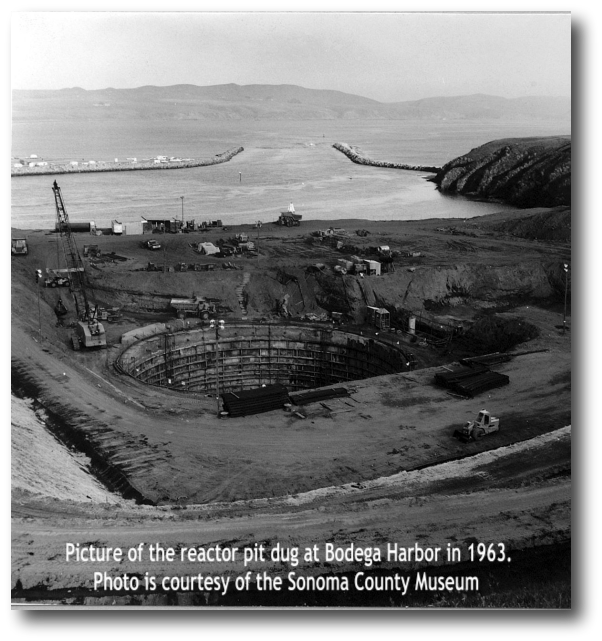Fort Ross
- sheilalawrence
- Aug 12, 2023
- 2 min read
Updated: Feb 26, 2024

Russian Chapel at Fort Ross
After a grand Russian scientific expedition to Alaska in 1741, the area started to open up to them fueled by the lucrative fur trade in the dark brown luxuriant pelts of Sea Otters.
However, the short Alaskan summers on Kodiak, where the Russian American Company settled, made it impossible to grow the vegetables the Russians were used to and they looked for a more favorable spot that would allow them to establish a second settlement that could supply food to the starving Alaska outpost and still be in range of hunting grounds. The northern Californian coast line was welcoming, and the climate was right.
In 1812. Ivan Kuskov, who would be the first RAC manager, chose 25 Russian craftsmen and 80 Native Alaskans for the settlement. The natives were actually from several different tribes, but the Russians blanketed all under “Aleuts”. The later addition of Hawaiian Natives meant that Fort Ross in its early days was a very multicultural settlement.
They named their settlement Fort Ross (short for Russia).
From 1812 it’s estimated that there were between 25 to 100 Russians, and 50 to 125 Native peoples in the settlement at any given time. The structures were built of redwood using joinery techniques that were typical of maritime carpentry in those days.

Native Alaskan Hunting Hat
The Alaskan natives had a sea hunting culture going back thousands of years in Alaska and the skills to match. Their hunting vehicles were canoes and their range extended as far south as the Farallon Islands, 26 miles off the coast from San Francisco.
Fort Ross operated under the Russian American Company until 1841. Though by 1820 with the otter population nearly wiped out, their main function was to grow crops to be sent to the Kodiak settlement.
With virtually no more fur production, the RAC decided to pull up stakes and sell Fort Ross. They found a buyer in John Sutter, who purchased it in 1841 for $30,000 in the form of an unsecured note. He cannibalized it for supplies for his Sacramento Valley colony and never paid the note.
Fort Ross did not really serve any organized purpose after Sutter’s purchase and passed through many hands until 1903, the stockade and about 3 acres of land were purchased from the Call family by the California Historical Landmarks Commission. Three years later it was turned over to the State of California for preservation and restoration as a state historic monument.

Fort Ross as seen from the Ocean
Since then, the state acquired more of the surrounding land for preservation purposes. California Department of Parks and Recreation as well as many volunteers put extensive efforts into restoration and reconstruction work in the Fort.




Comments